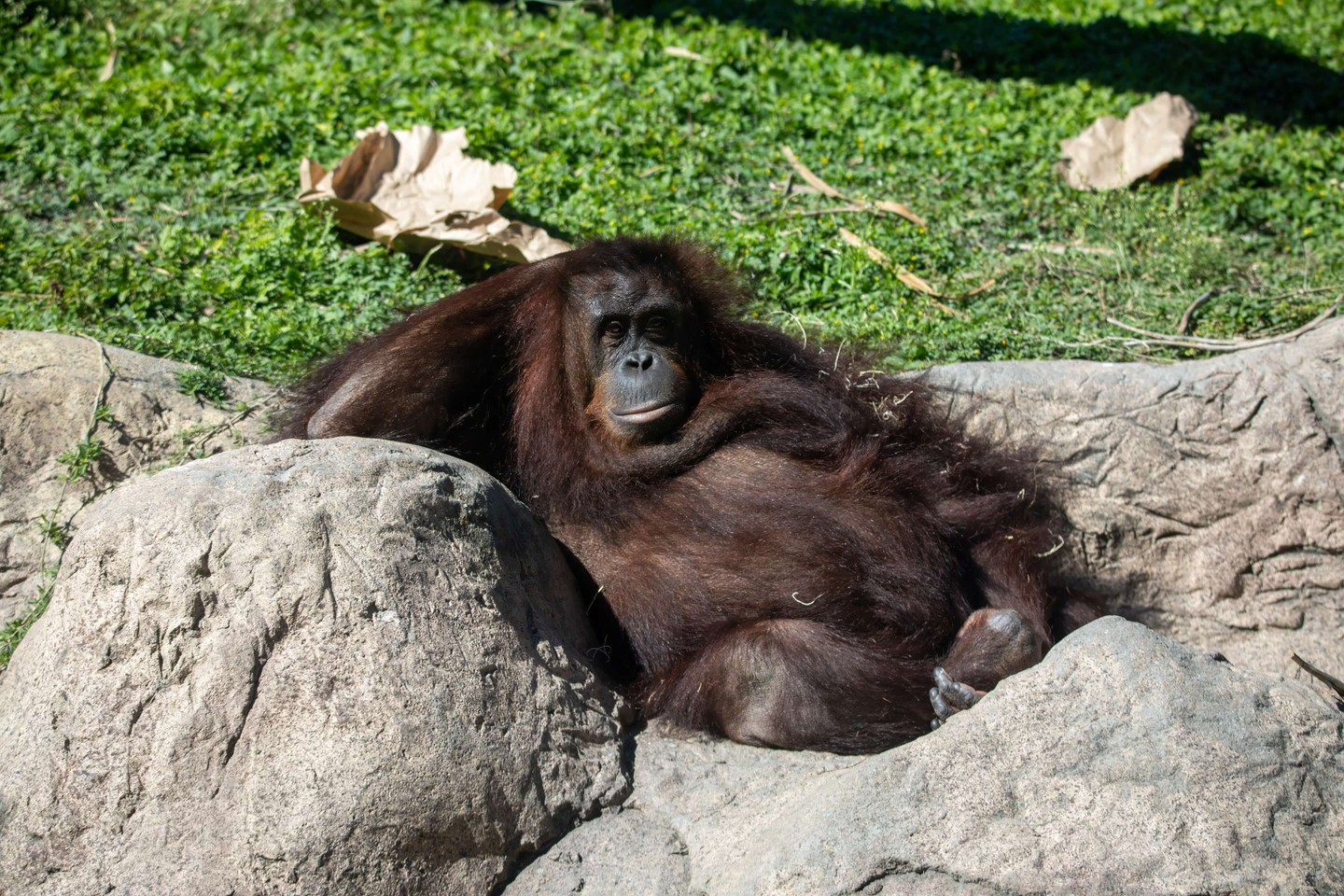- The role of zoo management in maintaining animal welfare and conservation efforts.
- Insight into advanced zookeeping practices and their impact on animal health.
- Strategies for fostering public engagement with wildlife conservation.
- The significance of educational programs in zoos for promoting biodiversity awareness.
- How scientific research conducted in zoos contributes to broader wildlife conservation initiatives.
Zoo management plays a crucial role in ensuring the well-being of animals and advancing wildlife conservation efforts. Proper management forms the backbone of successful zoos, where the primary focus lies on the health, habitats, and enrichment of animals. Zoos have evolved significantly from mere exhibitions to centers of education and conservation, serving a dual purpose in wildlife preservation and public awareness. Various factors, including nutrition, habitat design, and veterinary care, play a part in maintaining the physiological and psychological health of zoo inhabitants. Zoo professionals, through collaboration and research, endeavor to protect endangered species and educate the public about environmental challenges.
Zoo management must consider various factors such as species-specific needs, environmental designs, and enrichment activities. Creating habitats that resemble the animals’ natural environments as closely as possible is essential. This not only provides physical comfort for the animals but also enriches their lives by offering opportunities for natural behaviors like foraging and social interactions. For instance, gorillas benefit from complex, interactive spaces that encourage climbing and exploration, crucial for their cognitive and physical well-being. These practices underscore the commitment of zoos to offering the best possible environments for their animals, supporting both their health and the educational messages imparted to visitors.
The role of zookeeping has also transformed into an advanced practice with a focus on scientific approaches. The attention to detail in nutrition plans, veterinary care, and breeding programs contributes substantially to the health of zoo animals. A well-managed zoo closely monitors the dietary needs of its inhabitants, ensuring a balanced intake of nutrients to match their wild counterparts. Veterinary teams play a pivotal role, with routine health checkups and prompt medical interventions ensuring the animals’ ongoing health. Breeding programs are carefully managed to support genetic diversity and sustain populations of endangered species.
Public engagement with zoo-based conservation programs is another vital aspect. Zoos serve as a bridge between the public and wildlife, conveying critical messages about conservation through interactive exhibits and educational content. When visitors are informed and inspired, they are more likely to support conservation initiatives beyond the confines of the zoo. This can range from simple actions like recycling to more involved activities such as supporting conservation legislation. Zoos also play a key part in educating the public about the importance of preserving biodiversity, emphasizing the interconnectedness of ecosystems and the role each species plays in maintaining ecological balance.
Educational programs at zoos are crucial for promoting awareness and appreciation of biodiversity. These programs often include hands-on activities, workshops, and lectures that highlight the challenges faced by wildlife and the efforts needed to protect their habitats. By engaging with schools and community groups, zoos create advocates for conservation among younger generations, instilling a sense of responsibility towards animals and the environment. These initiatives are designed to inspire and educate, demonstrating the impacts of human actions on the natural world and encouraging proactive conservation efforts.
Scientific research conducted within zoos provides invaluable insights that contribute to wildlife conservation globally. Zoos often participate in or lead research projects that investigate animal behaviors, reproductive techniques, and disease management, among other areas. The knowledge gained from these studies is shared with conservation organizations and used to inform strategies for protecting species in their natural habitats. For example, research on breeding techniques for endangered amphibians has helped guide efforts to boost populations in the wild. Zoos, therefore, act as research hubs that not only care for animals on site but also contribute significantly to the broader conservation community.
In summary, zoos today are advanced institutions dedicated to the welfare of animals, the education of the public, and the broader goals of wildlife conservation. They continually adapt their practices to reflect the latest scientific understanding and innovative methods of animal care. By investing in zoo management, educational initiatives, and scientific research, zoos are essential partners in global conservation efforts. Their ongoing work is critical in supporting the delicate balance of ecosystems and ensuring the survival of species for generations to come.
*****
Source Description
POV: Kade is waiting for you to like this pic.


